(Years ago, I had a blog that didn’t get any attention, which covered things in Pennsylvania. This is me reusing that content)
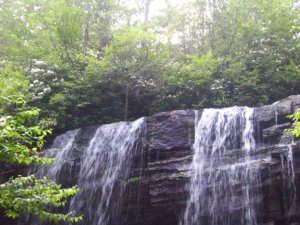
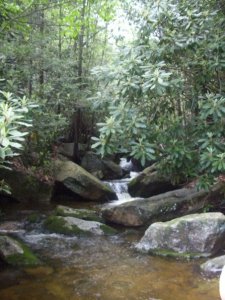 Through the summer, the area puts up a great show of flowers and foliage, and the river at the bottom is full of people swimming, kayaking and white water rafting. Along the way up, you’ll come to a lot of areas where people wade, picnic and take breaks.
Through the summer, the area puts up a great show of flowers and foliage, and the river at the bottom is full of people swimming, kayaking and white water rafting. Along the way up, you’ll come to a lot of areas where people wade, picnic and take breaks. 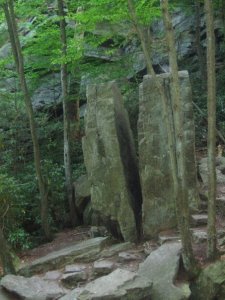 There’s also some notable rock formations, like Pulpit Rock, which is a huge standing stone split in two down the middle. Over the years, it’s become a popular place for people to leave their name behind, and buried among the garish, recent graffiti, you can find small chilseled areas with dates back to the turn of the century, along with faux “Indian” carvings.
There’s also some notable rock formations, like Pulpit Rock, which is a huge standing stone split in two down the middle. Over the years, it’s become a popular place for people to leave their name behind, and buried among the garish, recent graffiti, you can find small chilseled areas with dates back to the turn of the century, along with faux “Indian” carvings.
What is true is that there used to be a fantastic, secluded palace of a hotel at the base of the mountain (think The Shining), named Hotel Wahnetah, which opened in 1886. It was once the vacation resort of the rich and elite looking to escape the city. It featured 56 rooms, tennis courts, manicured stone lined mountain paths, and a dance pavillion. Essentially, you could relax in regal style, but claim you were “roughing it”. Back then, the trail was a much easier climb–it was maintained with bridges spanning the water, making it the climb of the elite. The hotel burned to the ground in 1911, and the tourist industry has only recently started to recover.
What is also true is that the area is positively deadly. The trails sometimes snake upwards at a vicious angle, and a lot of the danger comes from climbers ahead of you who dislodge rocks that come plummeting down the hill picking up deadly speed. Through some areas, you can even find yourself climbing more with your hands and knees through the eroded trail, overused trail. Depending on your path, you walk up narrow areas with sheer drops to one side, and sometimes slick rocks. Invariably, you’ll see some poor person who was expecting a civilized walking trail completely unprepared for the hike. I’ve personally sat at the bottom of the hill and watched people coming in on buses with brand new work out gear on (complete with tiny little leg weights), or alternatively wearing shorts and flip flops. Suffice it to say, they usually give up halfway up the mountain. 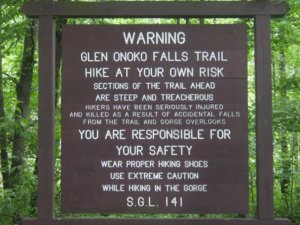
Before I seem flippant, let me point out that I was actually up the mountain with a hiking companion who fell off a cliff and had to be carried down the hill by a medical team and evacuated by helicopter. (Yes, I took a picture) I also personally know the families of several people who have lost their lives hiking around there. A misstep is easy to make even for good hikers and can have life long ramifications. Still, I stood with the EMTs as they told stories of unprepared hikers and their grievous injuries even as people walked around us completely unprepared for the hike. I sort of blame the tourist promoters.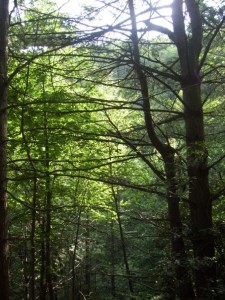
All color photos taken by my sister, the Little Photographer who Could.
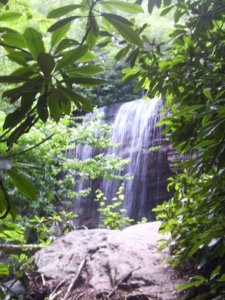
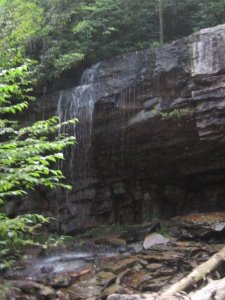
Recent Comments